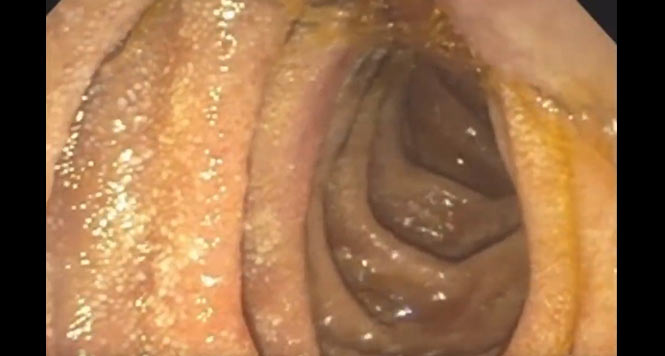Better, but Insufficient Results From Duodenoscope Reprocessing With Double Wash and High-Level Disinfection or Liquid Chemical Sterilization
Bret T. Petersen, MD, MASGE, reviewing Gromski MA, et al. Gastrointest Endosc 2020 Jul 30.
The potential for interpatient transmission of infections by contaminated duodenoscopes is a significant concern in the practice of ERCP. Pending further understanding and development of reliable means to resolve this risk, the U.S. Food and Drug Administration (FDA) advised endoscopy departments to adopt one or more interim approaches, including reprocessing with liquid chemical sterilization (LCS), double wash and high-level disinfection cycles (DHLD), culture and quarantine of endoscopes until cultures return clear of contaminants, or ethylene oxide sterilization (ETO).
In this study, the investigators compared randomly performed post-reprocessing culture assessments following randomly assigned reprocessing with LCS (n=425) versus DHLD (n=453). Overall, cultures of 17 instruments were positive after reprocessing (1.9%), with only 2 high-concern organisms in each group (.5% vs .5%; P=1.0). No cultures identified multidrug-resistant organisms (MDROs). Culture positivity was not different between the reprocessing groups (LCS: 9 positive cultures, 2.1% vs DHLD: 8 positive cultures, 1.8%; P=.8).

COMMENTThe identified rates of contamination of reprocessed duodenoscopes following both DHLD and LCS are markedly lower than those previously reported in FDA-mandated multicenter postmarket surveillance studies. Nevertheless, complete clearance of organisms, including high-risk pathogens, was not achieved in this high-performing center, suggesting that both LCS and DHLD are beneficial but insufficient to resolve the challenge of interpatient transmission. That no MDROs were identified is likely a reflection of low rates of MDRO carriage in this practice. Whether ETO sterilization would yield lower rates of persisting contamination is unknown. The alternative of using sterile single-use duodenoscopes forgoes the concerns related to insufficient reprocessing between patients.
Note to readers: At the time we reviewed this paper, its publisher noted that it was not in final form and that subsequent changes might be made.
CITATION(S)
Gromski MA, Sieber MS, Sherman S, Rex DK. Double high-level disinfection versus liquid chemical sterilization for reprocessing of duodenoscopes used for ERCP: a prospective randomized study. Gastrointest Endosc 2020 Jul 30. (Epub ahead of print) (https://doi.org/10.1016/j.gie.2020.07.057)


